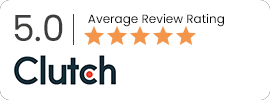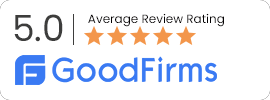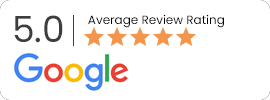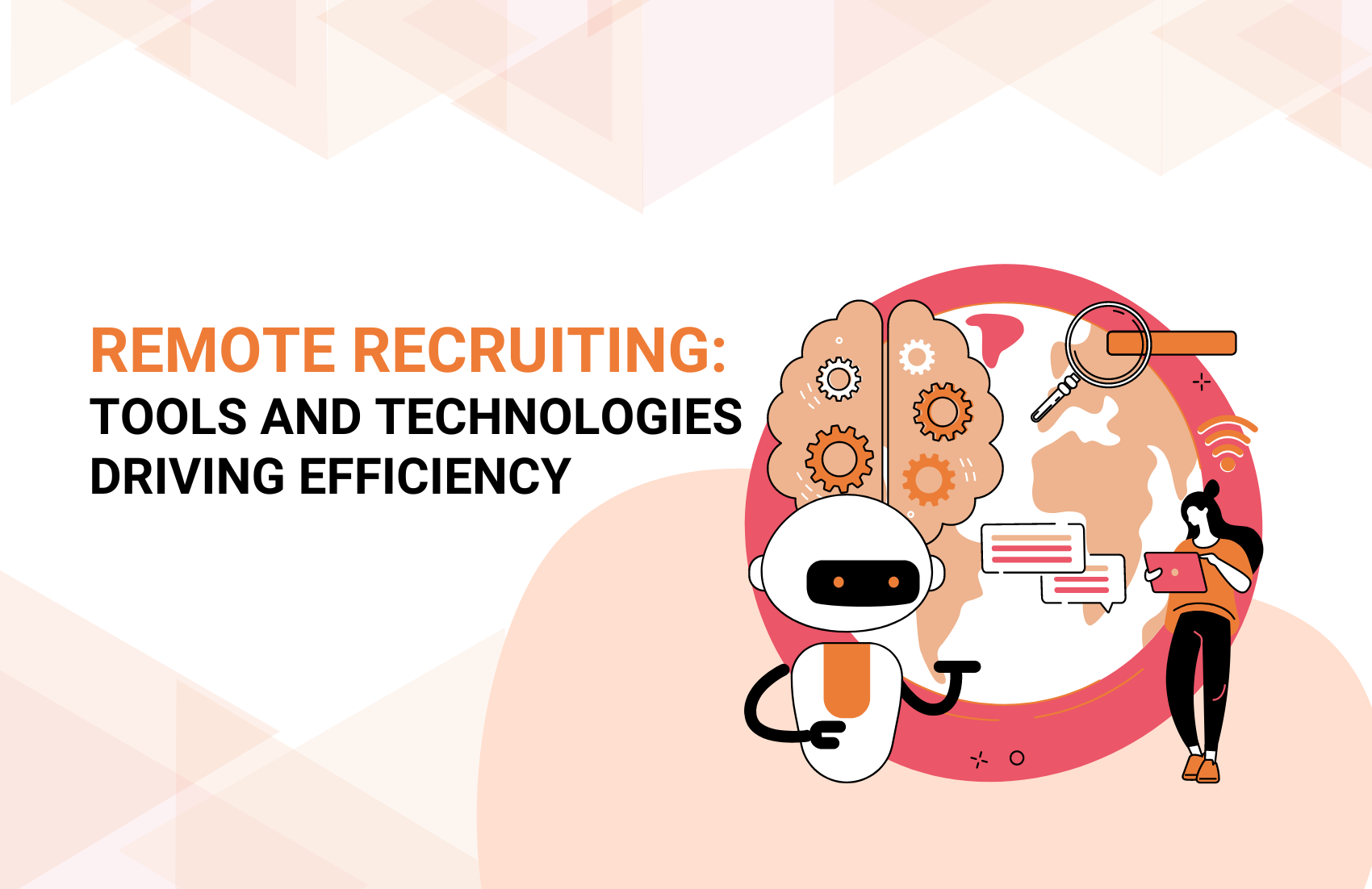Remote work is skyrocketing, turning traditional recruiting on its head. Companies are now tapping into a global talent pool and leveraging the benefits of remote work. This shift is driving efficiency and innovation like never before, making remote recruiting a game-changer in today’s hiring landscape.
Did you know that, according to Upwork, by 2025, 32.6 million Americans are expected to work remotely? Moreover, major companies like Facebook are planning to make 50% of their workforce permanently remote by 2030.
Additionally, tools like
- Zoom and
- Microsoft Teams are now essential for virtual interviews.
Similarly, platforms like
- Greenhouse and
- Lever is changing applicant tracking and management.
The numbers don’t lie, while Microsoft teams experienced an increase of monthly active users by 200%, Zoom surged to a market share of over 57%. This shows that technology is indeed at the heart of this transformation.
As remote recruiting continues to become the new norm, staying ahead means utilizing these cutting-edge tools. This blog dives into the technologies that are revolutionizing remote recruiting, from AI-driven resume screening to virtual reality office tours. Let’s explore.

Transforming the Hiring Landscape: The Evolution of Remote Recruiting
The Evolution of Remote Recruiting
Gone are the days of local hires and paper resumes. Traditional recruiting relied on face-to-face meetings and limited talent pools. But with the internet, a global marketplace emerged, reshaping how companies connect with talent. Thus, it gave birth to the concept of remote recruiting.
It started because of the pandemic: a game-changer for remote work. Suddenly, virtual interviews and online assessments became the norm. Moreover, companies adopted remote-first policies and forever altered the recruiting landscape.
Today, technology reigns supreme. Applicant tracking systems sift through resumes in seconds, while video interviews bring candidates to your screen. Additionally, AI and data analytics streamline decision-making, and chatbots enhance candidate experience.
Therefore, as remote work becomes the new standard, leveraging these technologies isn’t just smart, it’s essential.

Must-Have Tools for Streamlined Remote Recruiting
Essential Tools for Remote Recruiting
In the fast-paced world of remote recruiting, having the right tools can make all the difference. Let’s explore three essential tools that are revolutionizing the way companies connect with talent.
1. Applicant Tracking Systems (ATS)
An Applicant Tracking System (ATS) is the backbone of remote recruiting, streamlining the entire hiring process from start to finish. These systems are designed to manage job postings, track applicant data, and facilitate communication between hiring teams.
By automating repetitive tasks, ATS software frees up valuable time for recruiters to focus on building relationships with candidates.
Benefits:
- Streamlined Application Processes: ATS software simplifies the application process, allowing candidates to apply with just a few clicks.
- Better Candidate Management: With ATS, recruiters can easily organize and track candidate data. Thus, a smooth and efficient hiring process.
Examples: Some popular ATS platforms include Workday, Greenhouse, and Lever, each offering unique features tailored to the needs of remote recruiting teams.
2. Video Interviewing Platforms
While nothing beats a face-to-face meeting, video interviewing platforms come pretty close. These tools enable recruiters to conduct virtual interviews with candidates from anywhere in the world. As a result, they bridge the gap between remote locations.
Importance of Face-to-Face Interaction: In remote settings, face-to-face interaction is invaluable for assessing a candidate’s personality, communication skills, and cultural fit.
Features:
- Scheduling: Easily schedule and manage interviews across different time zones.
- Recording: Record interviews for review and evaluation by hiring teams.
- AI-Driven Analysis: Lastly, some platforms offer AI-driven analysis to help identify top candidates based on facial expressions, tone of voice, and other factors.
Examples: Zoom, HireVue, and Microsoft Teams are among the leading video interviewing platforms, offering intuitive interfaces and robust features for remote recruiting teams.
3. Collaboration Tools
Effective communication is key to successful remote recruiting, and collaboration tools play a vital role in keeping hiring teams connected throughout the process.
Benefits:
- Facilitate Communication: Firstly, collaboration tools like Slack, Microsoft Teams, and Trello provide a centralized platform for hiring teams to share feedback and coordinate interviews.
- Integration with Other Recruiting Tools: Moreover, many collaboration tools offer seamless integration with ATS and other recruiting software. Therefore, this ensures smooth workflows and eliminates the need for manual data entry.
Examples: Slack, with its real-time messaging and file-sharing capabilities, is widely used by remote recruiting teams to stay connected and productive. Moreover, Microsoft Teams offers a similar suite of collaboration tools, while Trello’s visual boards make it easy to track the progress of recruiting tasks and projects.
4. Assessment and Skills Testing Software
Assessing candidates’ skills accurately is essential in remote hiring. Platforms such as Codility, HackerRank, and Criteria Corp offer pre-employment testing and assessments tailored to various roles. These tools help evaluate technical proficiency, cognitive abilities, and job-specific skills remotely, ensuring candidates meet job requirements effectively.
Benefits:
- Objective Evaluation: Provides standardized assessments to objectively measure candidates’ skills and abilities.
- Efficiency: Streamlines the screening process by automating tests and evaluations, saving time for recruiters and candidates.
- Accuracy: Offers detailed insights into candidates’ technical proficiency, problem-solving abilities, and job-specific skills.
- Customization: Tailors assessments to match specific job requirements, ensuring candidates possess the necessary competencies.
Examples:
- Codility: Specializes in coding assessments and technical interviews to evaluate software engineering skills.
- HackerRank: Offers coding challenges and skill-based assessments for technical roles in IT and engineering.
5. Onboarding and HR Management Systems
Smooth onboarding is key to integrating new hires into remote teams successfully. HR management systems like Gusto, Zenefits, and BambooHR streamline onboarding processes, including paperwork, benefits enrollment, and training schedules. These platforms also centralize employee data, simplifying HR administration tasks.
Benefits:
- Streamlined Processes: Automates onboarding tasks such as paperwork, approvals, and training schedules, enhancing efficiency.
- Centralized Data: Stores employee information, benefits enrollment details, and performance evaluations in a single platform.
- Compliance: Ensures adherence to regulatory requirements with built-in compliance checks and documentation management.
- Employee Experience: Improves new hires’ experience with seamless integration into company culture and workflows.
Examples:
- Gusto: Offers payroll processing, benefits administration, and compliance management tailored for small to medium-sized businesses.
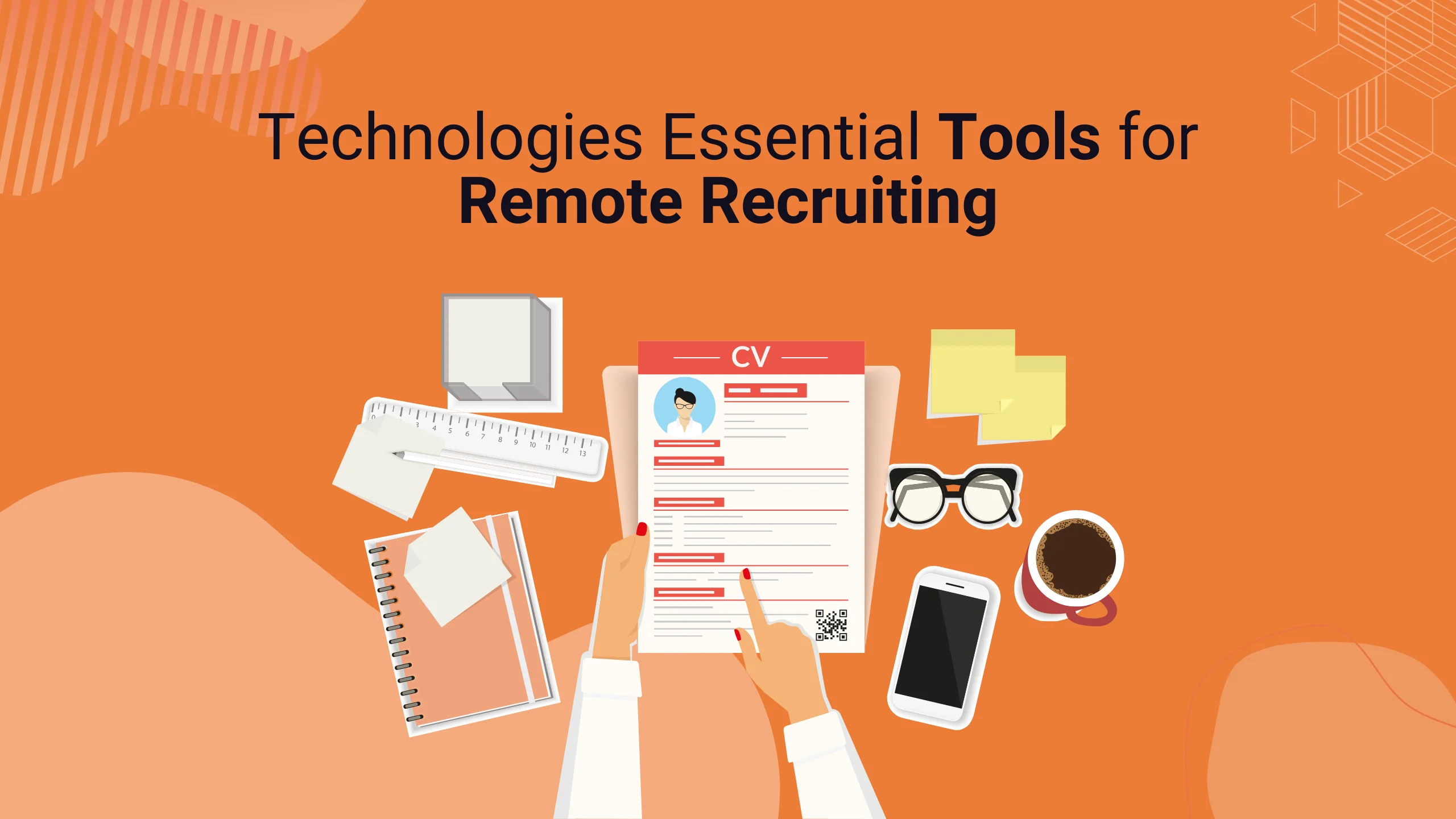
Cutting-Edge Technologies Boosting Remote Recruiting Efficiency
Technologies Enhancing Remote Recruiting Efficiency
To stay ahead in the competitive landscape of remote recruiting, leveraging advanced technologies is essential. Let’s explore two key technologies that are driving efficiency and innovation in the recruitment process.
-
Artificial Intelligence (AI)
Artificial Intelligence is revolutionizing remote recruiting by automating and optimizing various aspects of the hiring process.
Role in Resume Screening and Candidate Matching: AI recruiting tools can quickly scan and evaluate resumes. As a result, they can identify the most suitable candidates based on predefined criteria. Thus, this drastically reduces the time and effort required for initial screening.
Use Cases:
- Chatbots for Candidate Interaction: AI chatbots are some of the best AI recruiting tools. They provide real-time assistance to candidates, answering queries and guiding them through the application process. Thus, this ensures a smooth and engaging candidate experience.
- Predictive Analytics: AI-driven predictive analytics can forecast a candidate’s potential performance and cultural fit based on historical data and behavioral patterns.
-
Big Data and Analytics
Big Data and analytics play a crucial role in enhancing remote recruiting by providing actionable insights and data-driven decision-making capabilities.
Use of Data for Informed Hiring Decisions: By analyzing large volumes of data, recruiters can gain valuable insights into candidate behavior, market trends, and hiring patterns. Therefore, this helps in making more informed and strategic hiring decisions.
Tracking Recruitment Metrics:
- Time-to-Hire: Measure the average time taken to fill a position. Thus, helping to identify bottlenecks in the hiring process.
- Cost-per-hire: Analyze the cost associated with recruiting new employees. As a result, allowing for budget optimization.
- Candidate Experience: Lastly, monitor and improve the overall candidate experience by analyzing feedback and engagement metrics.
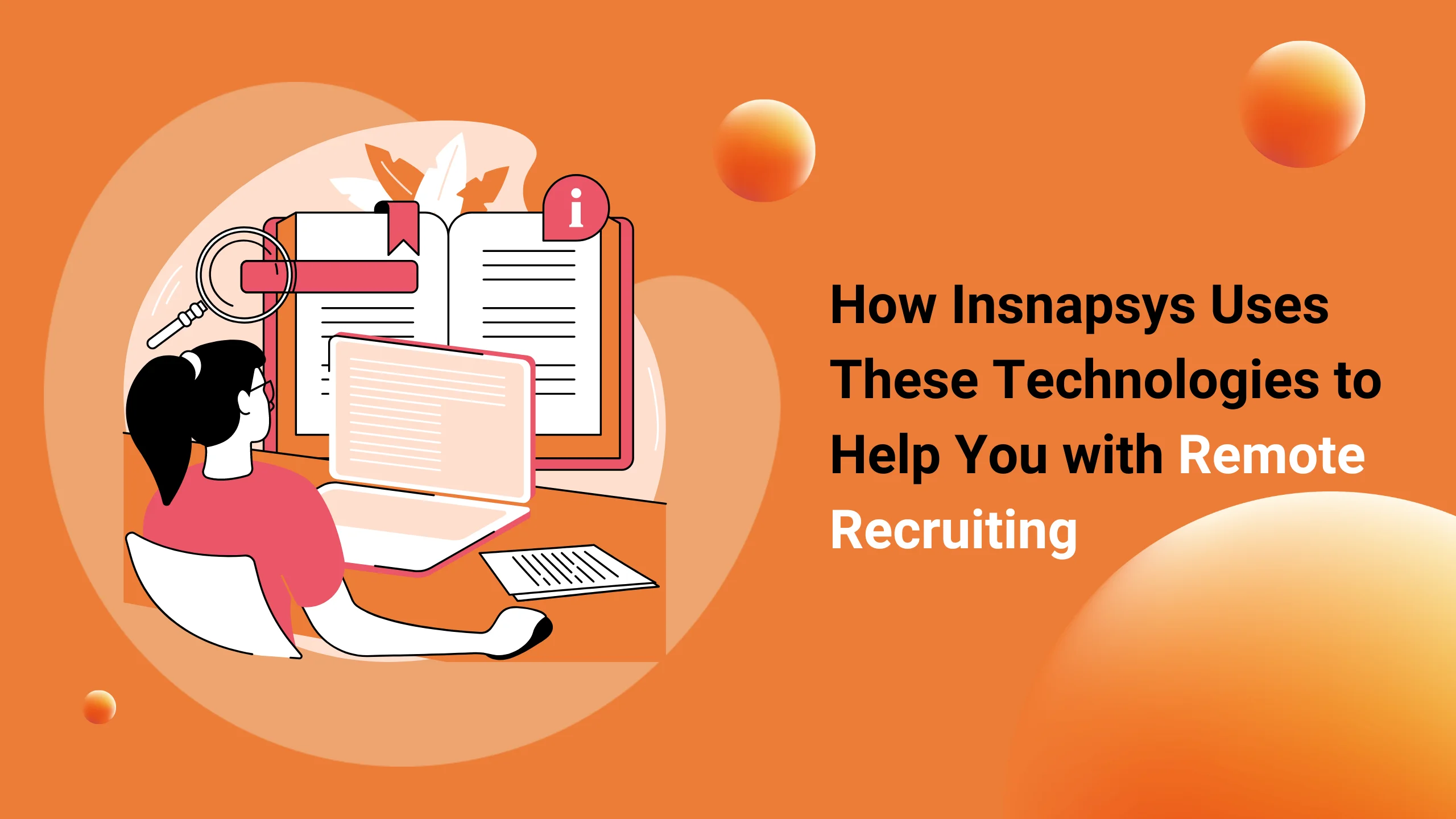
How Insnapsys Leverages Technology to Optimize Your Remote Recruiting Process
How Insnapsys Uses These Technologies to Help You with Remote Recruiting
Insnapsys, an innovative remote recruitment agency, is at the forefront of leveraging advanced technologies to streamline the remote recruiting process. By integrating cutting-edge tools and techniques, Insnapsys ensures that companies can efficiently and effectively connect with top-tier talent. Here’s how they do it:
- Comprehensive Talent Pool
Firstly, Insnapsys maintains a robust pool of pre-screened and highly skilled IT professionals. By continuously updating and managing this talent pool, they can quickly match candidates with the right opportunities.
- Advanced Resume Screening with AI
Secondly, Insnapsys uses AI-powered tools to automate the resume screening process. These tools scan resumes for relevant keywords, qualifications, and experiences. As a result, this ensures that only the most suitable candidates are considered.
- Predictive Analytics for Better Hiring Decisions
Insnapsys leverages predictive analytics to forecast a candidate’s success and cultural fit within a company. By analyzing historical data and behavioral patterns, they can identify candidates who are likely to excel in specific roles.
- Detailed Recruitment Metrics with Big Data
Furthermore, utilizing big data and analytics, Insnapsys tracks critical recruitment metrics such as time-to-hire, cost-per-hire, and candidate experience. Moreover, tools like LinkedIn Talent Insights and Tableau provide comprehensive insights into these metrics.
- Streamlined Candidate Testing and Skill Assessment
To make sure that candidates possess the required technical skills, Insnapsys conducts thorough testing and assessments. Additionally, they use a variety of online platforms and tools to evaluate candidates’ abilities in real-world scenarios.
- Seamless Integration and Collaboration
Lastly, Insnapsys uses collaboration tools like Slack, Microsoft Teams, and Trello to facilitate smooth communication among hiring teams. These tools integrate seamlessly with their ATS and other recruiting software.
Also Read: ReactJS Developers: The Rising Demand in Remote Workforces
Conclusion
Remote recruiting has evolved into a sophisticated and efficient process, thanks to the integration of advanced tools and technologies. From AI-powered resume screening and predictive analytics to comprehensive collaboration, these innovations are transforming the way companies hire talent.
Insnapsys leverages these cutting-edge technologies to provide a seamless and effective remote recruiting experience. As a result, they make sure that businesses can connect with top IT professionals quickly and efficiently.
Ready to revolutionize your hiring process? Partner with Insnapsys and discover how our technology-driven approach can help you find the perfect candidates for your team.
FAQs
-
What does a remote recruiter do?
A remote recruiter finds and hires talent for companies, working entirely online. They search for candidates, review resumes, conduct interviews, and manage the hiring process, all without meeting in person.
-
What is the most frequently used method of remote recruiting?
The most common method of remote recruiting is using online job boards and professional networking sites like LinkedIn. However nowadays, businesses look for IT staffing companies like Insnapsys for seamless onboarding.
-
What is the toughest part about remote recruiting?
The toughest part about remote recruiting is building personal connections with candidates. Since everything is done online, it can be challenging to assess a candidate’s fit for the company culture and ensure clear communication.
-
How can I make recruiting easier?
To make recruiting easier, use technology to your advantage. Implement applicant tracking systems (ATS) to organize applications, use video interviewing tools for remote interviews, and leverage AI to screen resumes. Additionally, clear communication and regular updates with candidates can improve the process.
-
Which software do recruiters use?
Recruiters commonly use software like:
- Applicant Tracking Systems (ATS): Workday, Greenhouse, Lever
- Video Interviewing Platforms: Zoom, Microsoft Teams
- Collaboration Tools: Slack, Microsoft Teams, Trello
- Data Analytics Tools: LinkedIn Talent Insights, Tableau
These tools help streamline the recruiting process and make it more efficient.
-
What are the key features of remote recruiting software?
Key features typically include:
- Candidate sourcing: Tools to find and attract candidates online.
- Applicant tracking system (ATS): Manage candidate applications and track their progress.
- Video interviewing: Conduct interviews remotely via video calls.
- Collaboration tools: Facilitate communication and feedback among hiring teams.
- Analytics and reporting: Track metrics related to recruitment activities.
-
What are the top 5 remote hiring tools in 2024?
The top 5 remote hiring tools in 2024 include:
- Greenhouse: A comprehensive applicant tracking system (ATS) that offers robust features for sourcing, managing, and hiring candidates remotely.
- Lever: Known for its intuitive interface and collaborative hiring capabilities, Lever helps streamline candidate sourcing, interviewing, and onboarding processes.
- Workable: Offers flexible recruiting software that supports remote hiring with features like AI-powered candidate sourcing, video interviewing, and customizable hiring pipelines.
- Breezy HR: Focuses on user-friendly candidate management and collaboration tools, ideal for small to medium-sized businesses adopting remote hiring practices.
- Recruitee: Provides a scalable ATS and recruitment CRM solution with features for automating workflows, managing talent pools, and conducting virtual interviews



